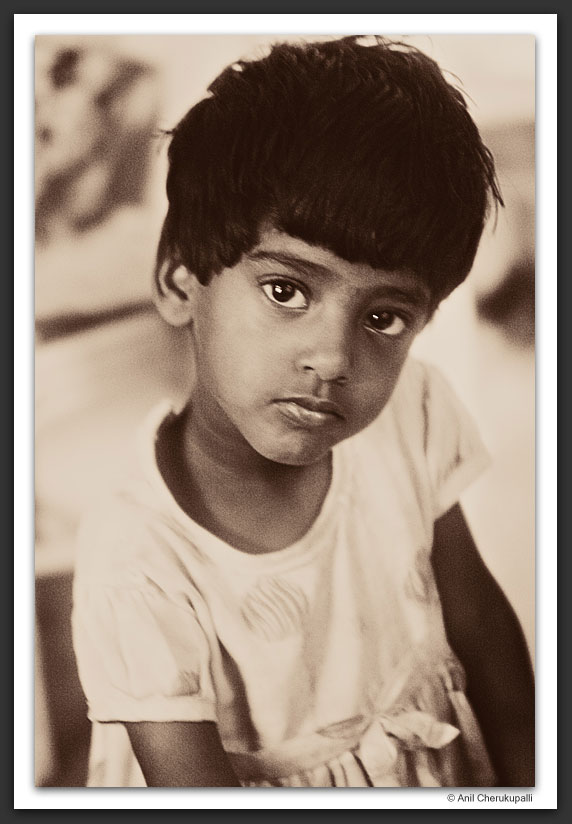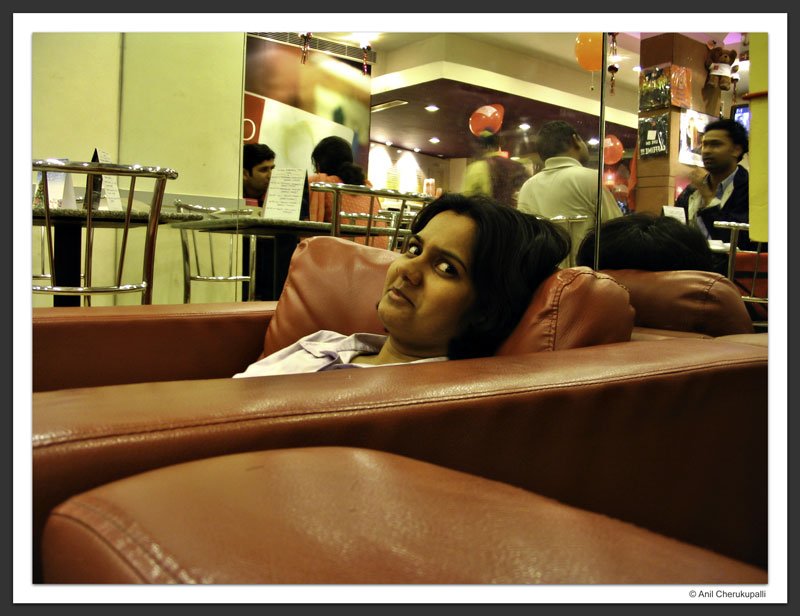Years ago, sixty to be precise, a ‘crazed madman’ entered an evening prayer meet with a revolver hidden in his clothes. His intention was to assassinate the man leading that prayer meet. Nathuram Godse believed that this man, whom some had foolishly dubbed ‘Mahatma’ was in fact just the opposite: a ‘moorkhatma’. He entertained foolish notions of Hindu-Muslim unity at a time when it was more profitable to make incendiary speeches baying for the other community’s blood. Worse, he was emasculating Hindus by publicly calling for restraint and forgiveness when Muslims were on the rampage demanding Pakistan. What was unforgivable was that he had demanded that the newly formed Indian government pay up the finances owed to the equally newly formed Pakistan government which they had been holding back. This mad man had to be stopped at any cost.
On January 30, 1948 Nathuram Godse entered the Birla Bhavan grounds in Delhi and made his way through the crowd towards Gandhi. He touched his feet and pumped two bullets into him. As he fell the Mahatma uttered the name of Ram while Godse dropped his gun and surrendered himself to the mercy of the crowd. A shocked nation listened as Nehru tearfully said in a radio broadcast later that night that the ‘light has gone out of our lives’.
The act of assassinating Gandhi, though a sad and unfortunate event, was nevertheless not surprising. Probably Gandhi himself realised his growing marginalisation in the political process as the independence movement reached its culmination in 1947. His protegees, Nehru and Patel had taken over the reins within the Congress party and Gandhi’s role became more of a spiritual guide and adviser. And Jinnah? Oh, that insufferable fellow-Gujarati had always been Gandhi’s photographic negative: immaculate, English educated, stiff and distant with a fondness for the finer things in life, secular, prim and proper.
Nehru was the quintessential modernist: His feet were in India, his head in Russia and his heart in England. He believed in science and progress, big dams and rationality, scientific temper and education. As for Patel, he was the clear and level headed iron man of India, a believer in realpolitik who had begged, coerced and bulllied over 500 reluctant princes and petty royalty to join the new republic. Neither had time for the Mahatma’s vision for the newly formed nation.
As the British-Indian dominions hurtled towards independence and civil war loomed large Gandhi found himself out of synch with even the Congress leadership (let alone the Muslim League). Probably the one person who shared his vision and might have been sympathetic died in 1942. Rabindranath Tagore first applied the moniker ‘Mahatma’ to Mohandas Karamchand Gandhi. Gandhi and Tagore were contemporaries who loomed large over the intellectual landscape of India. They communicated regularly with each other and an examination of their letters would provide valuable clues into the political and cultural trends of pre-independent India.
Gandhi had a vision for India moulded by his experience of the mass poverty and misery he encountered. He also had first hand experience of the dehumanising effects of colonialism. As a practicing lawyer in South Africa he first formulated a counter response to colonialism . It was a unique mix of his spiritual and religious praxis and contained elements of satyagraha, non-violence and morality. Frantz Fannon, writing 50 years after Gandhi has this to say about how to overcome the debilitating effects of colonialism:
At the individual level, violence is a cleansing force. It rids the colonized of their inferiority complex, of their passive and despairing attitude. It emboldens them and restores their self confidence. Violence hoists the people up to the level of the leader. The violence of the colonized unifies the people. The colonized man liberates himself in and through violence.
(Rebel) My family name: offended; my given name: humiliated; my profession: rebel; my age: the stone age.
(Mother) My race: the human race. My religion: brotherhood…
(Rebel) My race: the fallen race. My religion…but it is not you who will prepare it with your disarmament; it is I who will revolt and my poor clenched fists and my bushy head…
Quoted from The Wretched of the Earth
Fannon was also writing as a victim of colonialism, as a psychoanalyst who had seen through the hypocrisy of France/Europe that “never tires of talking about the rights of man at every street corner, and never stops massacring man at every street corner”.
Gandhi was writing also as a victim of colonialism, but albeit from a more privileged location, socially speaking. A rich barrister’s son, Gandhi himself became a barrister (the social equivalent of engineers, doctors and MBA’s today). Fannon was born in the French colony of Martinique in a mixed family of African slaves and Tamil indentured workers, though he writes about his experiences primarily as a person of African descent.
Gandhi’s resistance to colonialism was based on the foresight that the principles of violence, if deployed in the Indian context, would be disastrous. The Mahatma was sufficiently grounded in Indic traditions to be able to draw upon to create a mass grassroots movement.
When he talks of ‘Ram Rajya’ he is trying to conceptualise independence for the masses in an idiom that they will understand. When he talks of self sufficient villages he realises that the bulk of India lives in its villages. Gandhi had the foresight to see that that the path independent India was headed down was materialistically rich, but spiritually bankrupt. He had the conviction to articulate a unique vision, based not on ecologically unsustainable Western models of development, but one that drew richly from the indigenous culture and had the potential to retrieve the self from a state made numb by colonialism.
After August 15, 1947 the Mahatma’s time was up, and he probably sensed this. He was useful as far as leading India’s struggle for Independence. He was able to unite a nation as diverse as India toward a common purpose. After this he was just a plain hindrance. His anguished cries for Hindu-Muslim unity treated as the rantings of an ‘out of touch’ mad man; his vision for a new India based on truth, morality and non-violence an obstacle for the development of the nation on the lines of science, technology and rationality.
Maybe the newly formed nation heaved a secret sigh of relief that a troublesome character had been conveniently got rid of, that too by a member of an obscure, extremist grouping. This right-wing Hindu group soon became the convenient scapegoat, assuaging the guilt that maybe we all had a role in killing the Mahatma. Not so much the person as the ideal.
[-] Show Less


